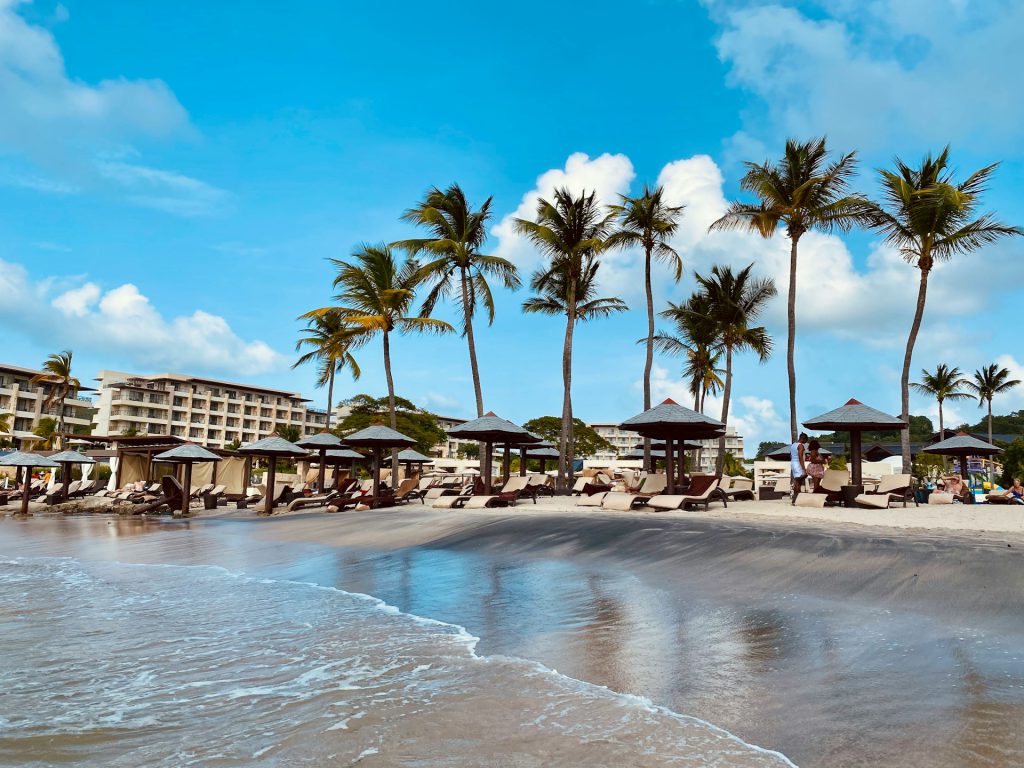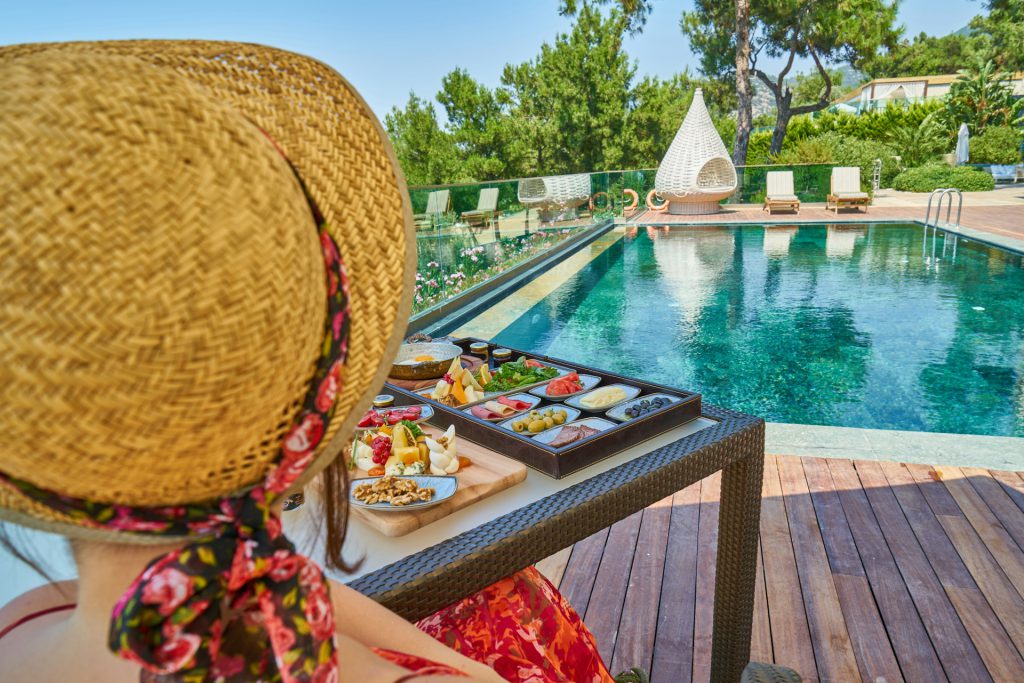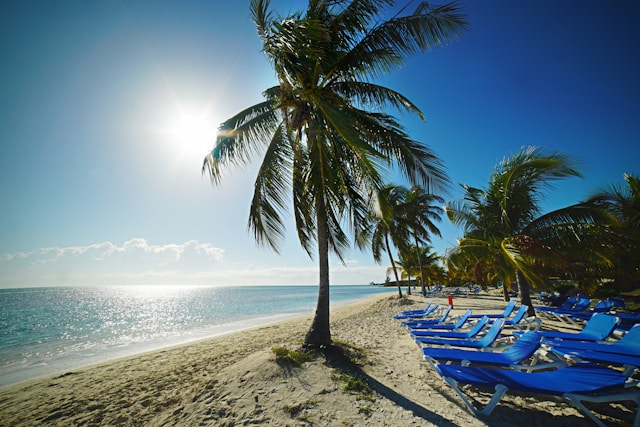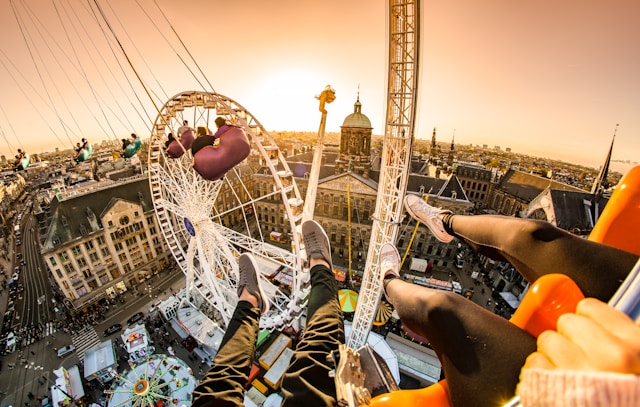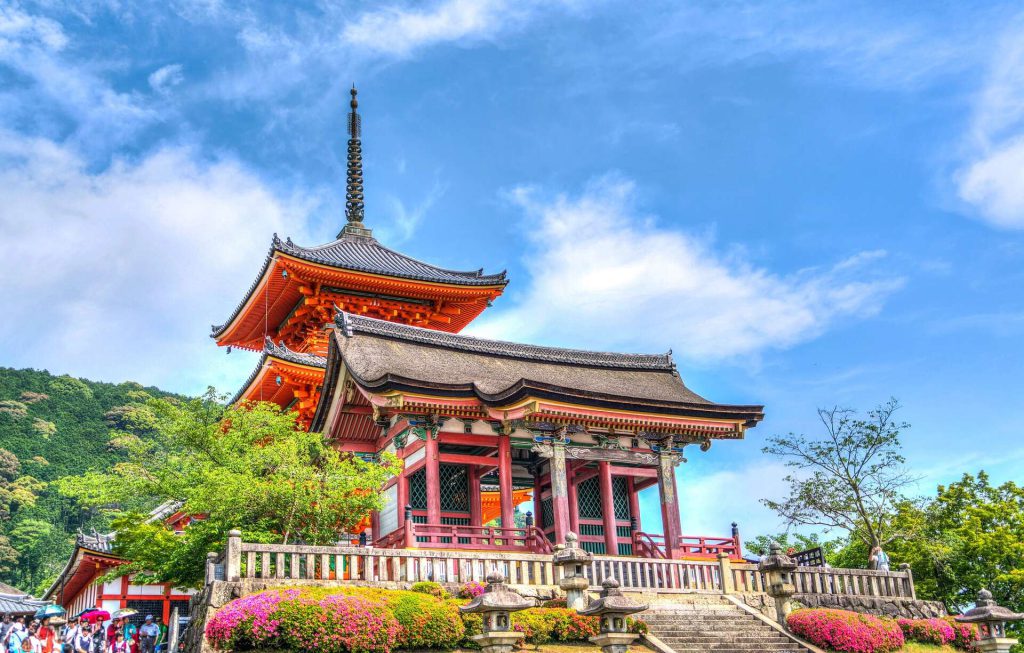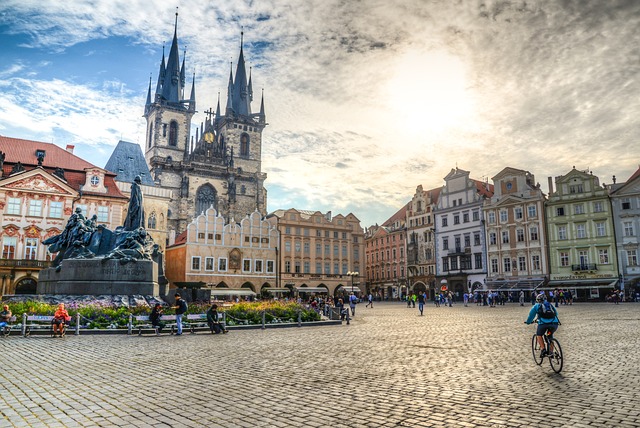Welcome to our Kyoto travel guide, your ultimate resource for exploring Japan’s cultural heart. Dive into Kyoto’s rich history, serene temples, and breathtaking natural landscapes.
This guide covers everything you need to know, from top tourist attractions and sightseeing spots to essential travel tips and hidden gems.
Whether you’re fascinated by historic architecture, intrigued by traditional culture, or seeking peaceful surroundings, Kyoto offers an unforgettable journey.
Continue reading to uncover the best Kyoto sightseeing spots, tourist destinations, and all the must-see tourist attractions in Kyoto.
1. Kinkaku-ji (Golden Pavilion)
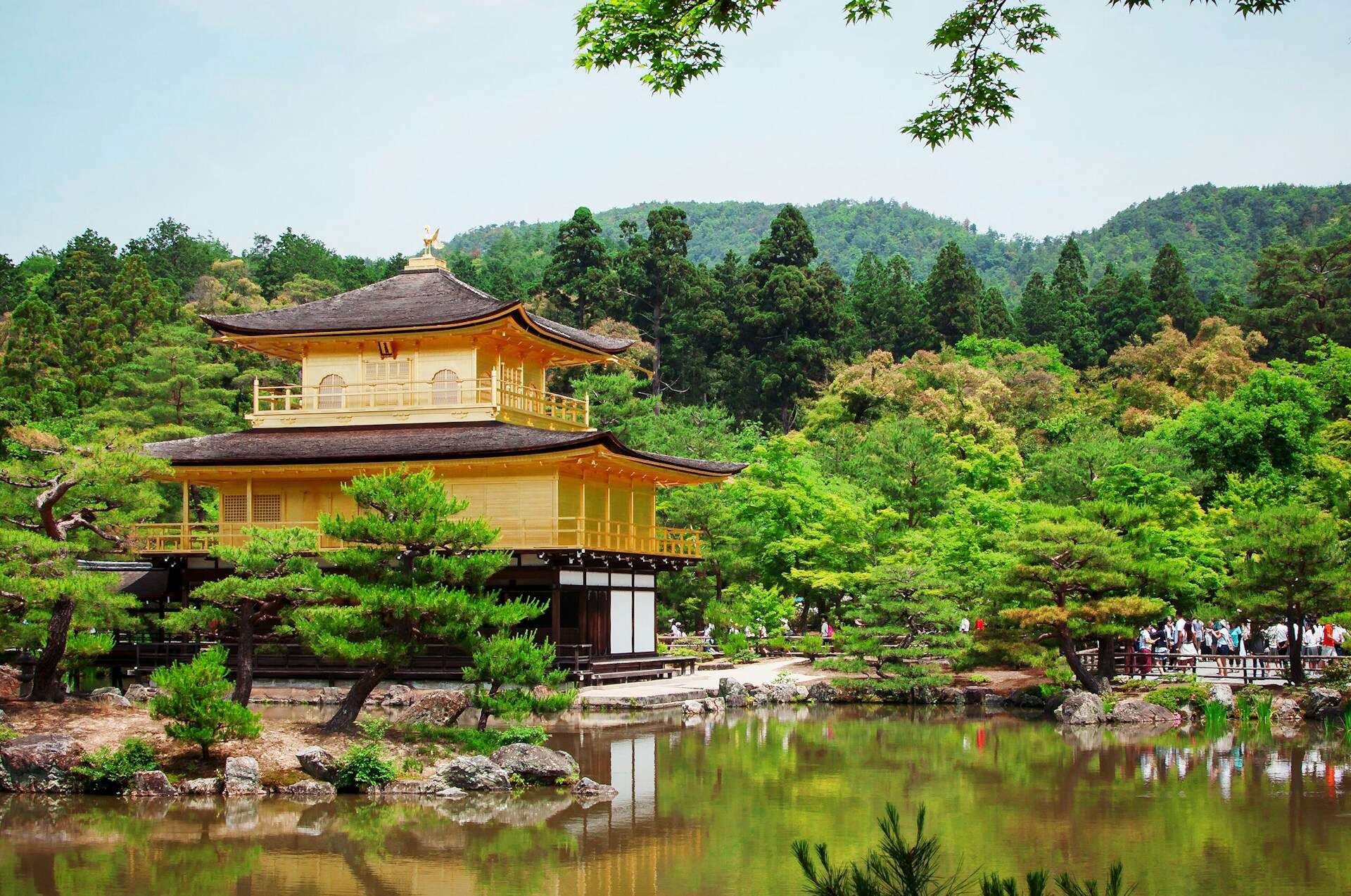
Description: Kinkaku-ji, or the Golden Pavilion, is a Zen Buddhist temple known for its stunning golden facade surrounded by lush gardens and a tranquil pond.
Location: Northern Kyoto.
Best Time to Visit: Early morning to enjoy the peaceful atmosphere and avoid crowds.
History: Originally built as a retirement villa for a shogun, the temple later became a Zen temple showcasing the beauty of Japanese architecture and garden design.
Visiting Tip: Don’t miss the reflection of the pavilion in the pond, especially beautiful during sunrise. [map]
2. Fushimi Inari Taisha
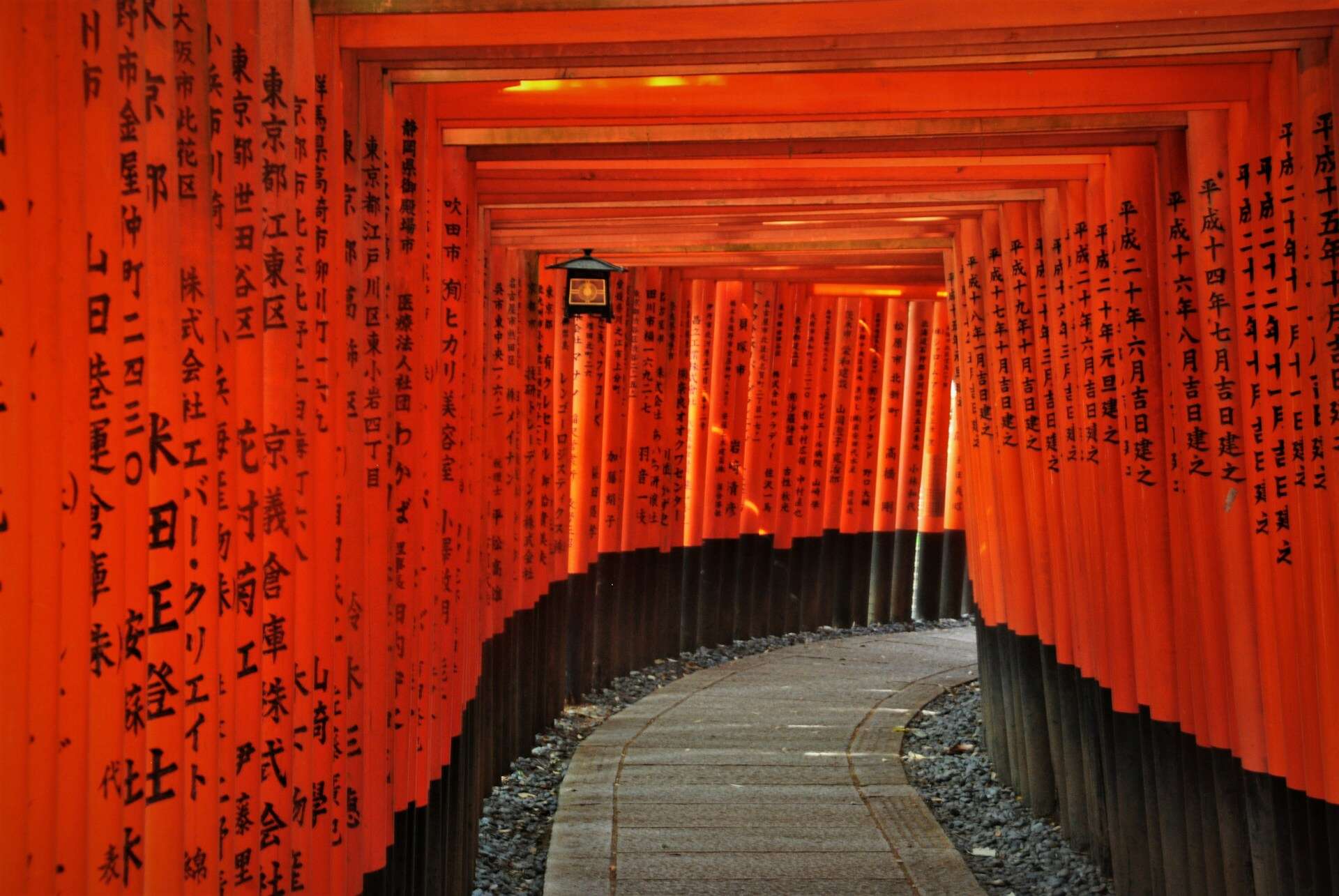
Description: Fushimi Inari Taisha is an important Shinto shrine dedicated to Inari, the god of rice, featuring thousands of torii gates that create mesmerizing pathways up Mount Inari.
Location: Southern Kyoto.
Best Time to Visit: Early morning or late afternoon for a serene hike amidst the torii gates.
Cultural Significance: Visitors can participate in rituals like washing hands and mouth at the temizuya (water basin) before entering the shrine grounds.
Hiking Tip: The hike to the summit offers panoramic views of Kyoto and takes approximately 2-3 hours round-trip. [map]
3. Arashiyama Bamboo Grove
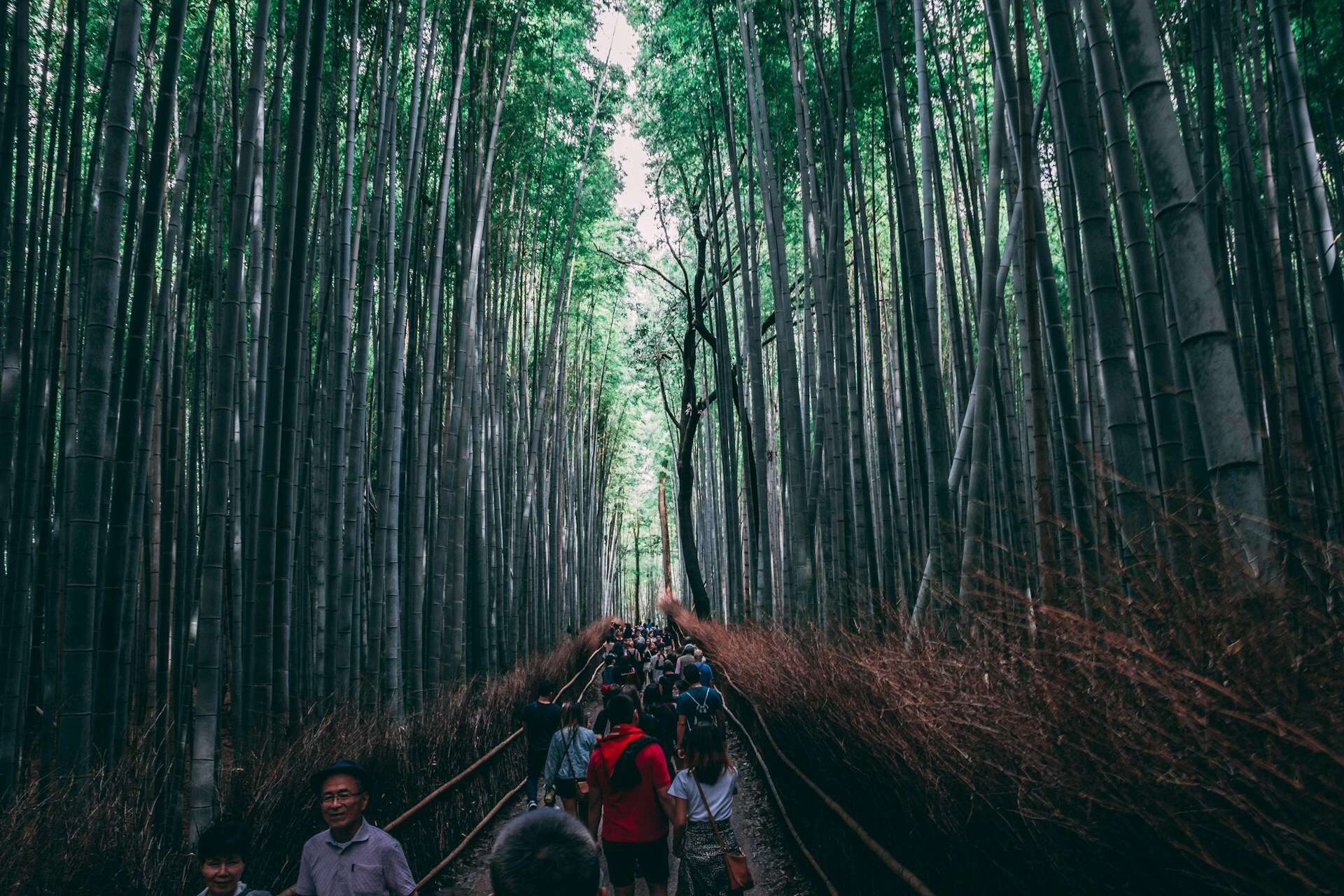
Description: Arashiyama Bamboo Grove offers a tranquil walking path surrounded by towering bamboo stalks, creating a peaceful and atmospheric environment.
Location: Western Kyoto.
Best Time to Visit: Early morning when the grove is quieter and the light filters through the bamboo.
Photography Tip: Capture the play of light and shadow among the bamboo stalks for stunning photographs. [map]
4. Gion District
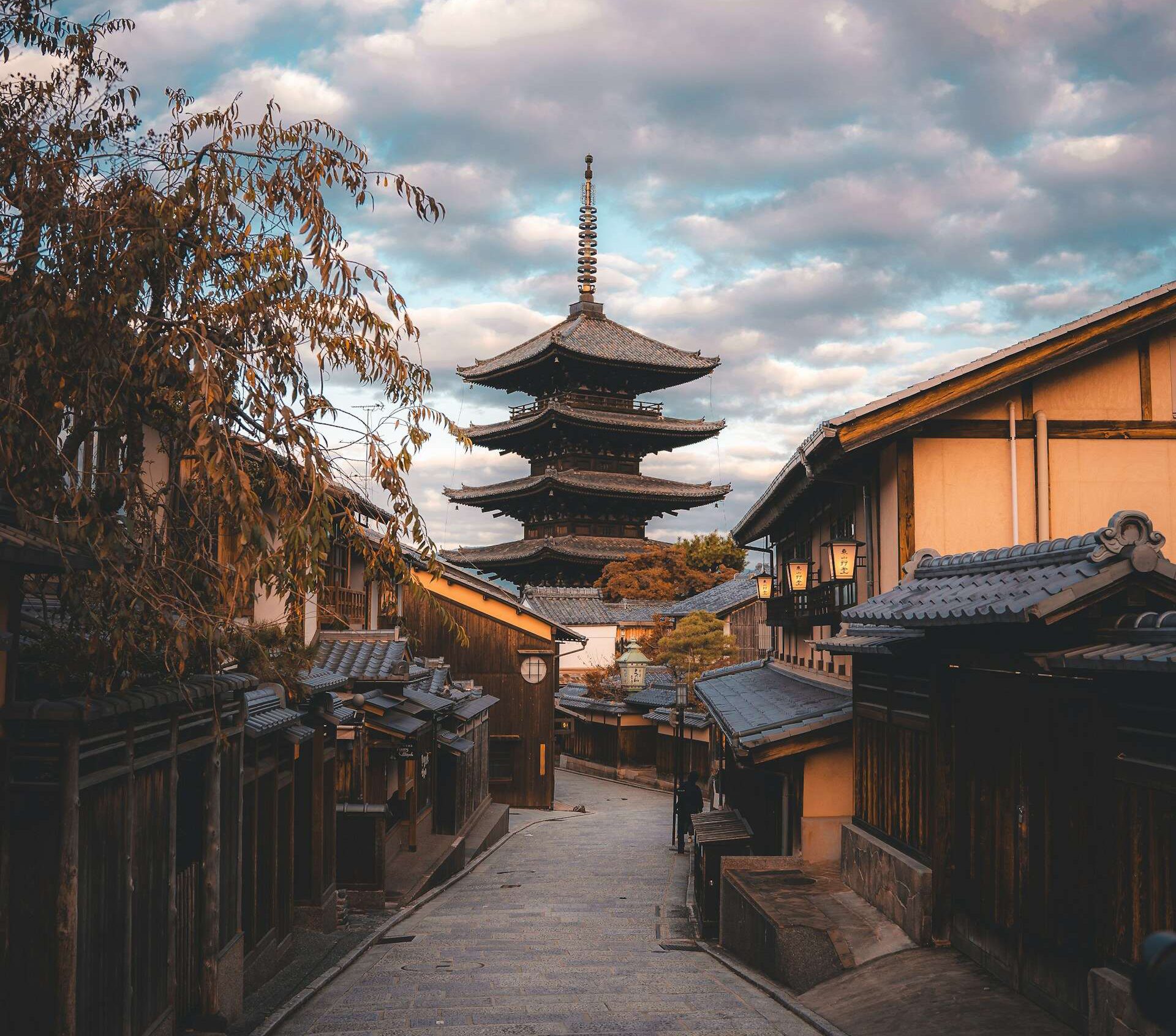
Description: Gion is Kyoto’s famed geisha district, characterized by traditional wooden machiya houses and tea houses where geisha entertain guests with traditional arts.
Activities: Explore Hanamikoji Street to glimpse geisha or maiko (apprentice geisha) in their elegant attire. Enjoy a traditional tea ceremony or dine at a ryotei (exclusive Japanese restaurant).
Tip: Visit in the evening for the best chance to see geisha moving between tea houses. [map]
5. Nijo Castle
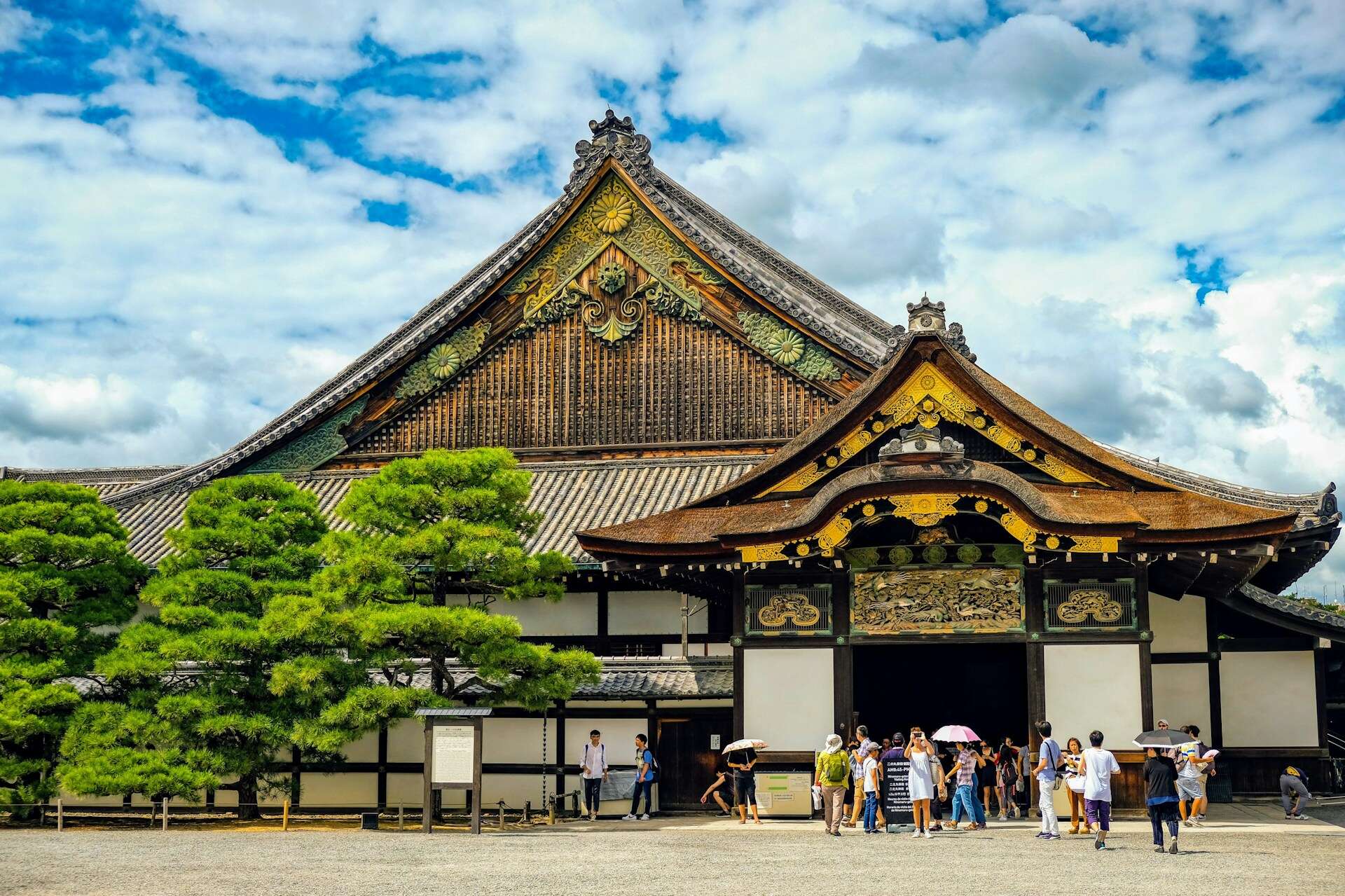
Description: Nijo Castle, a UNESCO World Heritage site, served as the residence of the Tokugawa shoguns. It’s renowned for its splendid architecture, beautiful gardens, and “nightingale floors” that chirp when walked upon to alert against intruders.
Location: Central Kyoto.
Best Time to Visit: Morning to explore the castle interiors and stroll through the gardens.
Historical Insight: Built in the early 17th century, Nijo Castle reflects the power and wealth of the Tokugawa shogunate during the Edo period. [map]
6. Philosopher's Path (Tetsugaku no Michi)
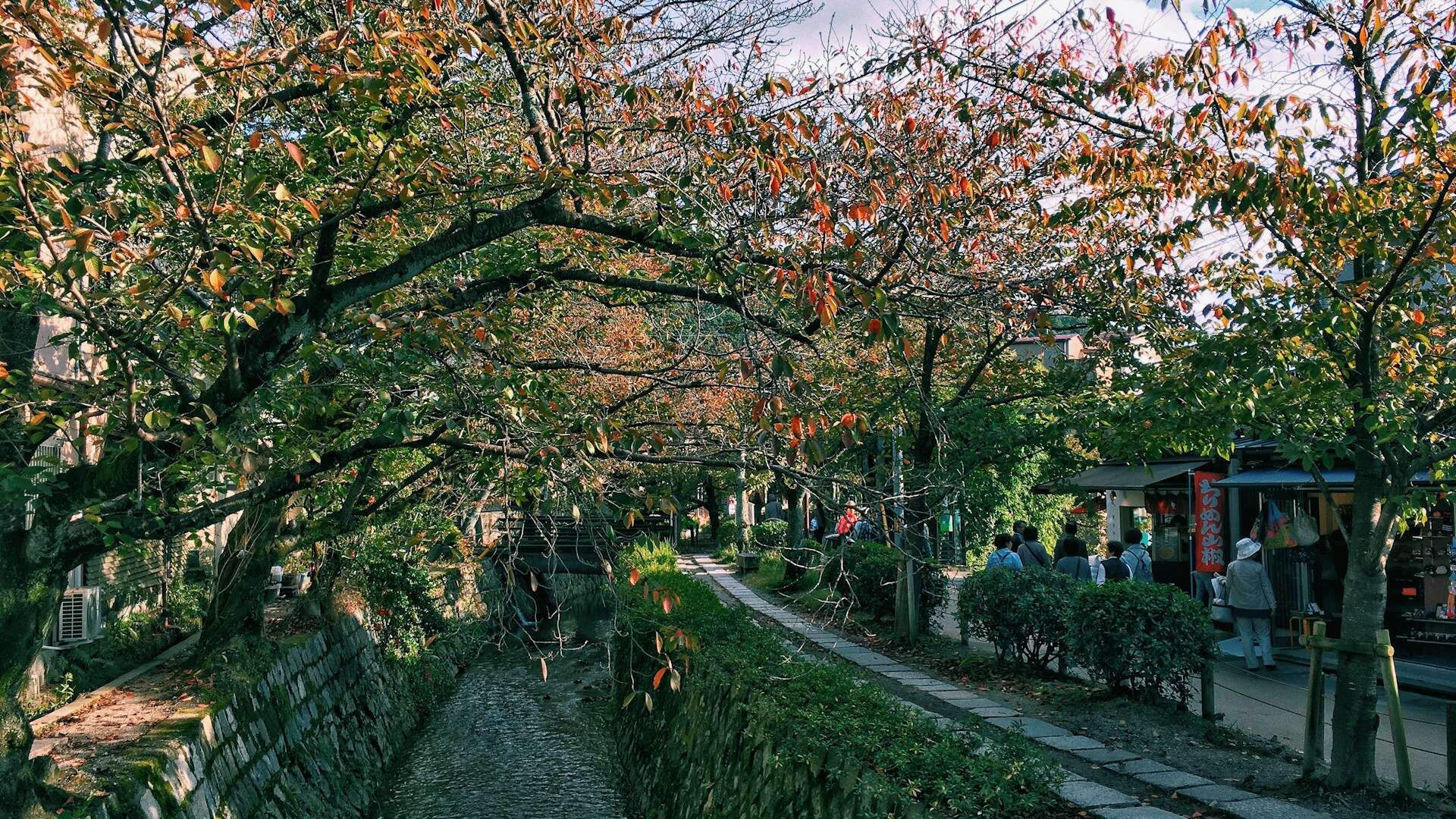
Description: Philosopher’s Path is a scenic canal-side walk lined with hundreds of cherry trees, offering a peaceful retreat away from the city’s hustle and bustle.
Best Time to Visit: Spring for cherry blossoms or autumn for vibrant foliage.
Highlight: Along the path, visit temples and cafes, or simply enjoy the serene beauty of Kyoto’s natural surroundings.
7. Kiyomizu-dera Temple
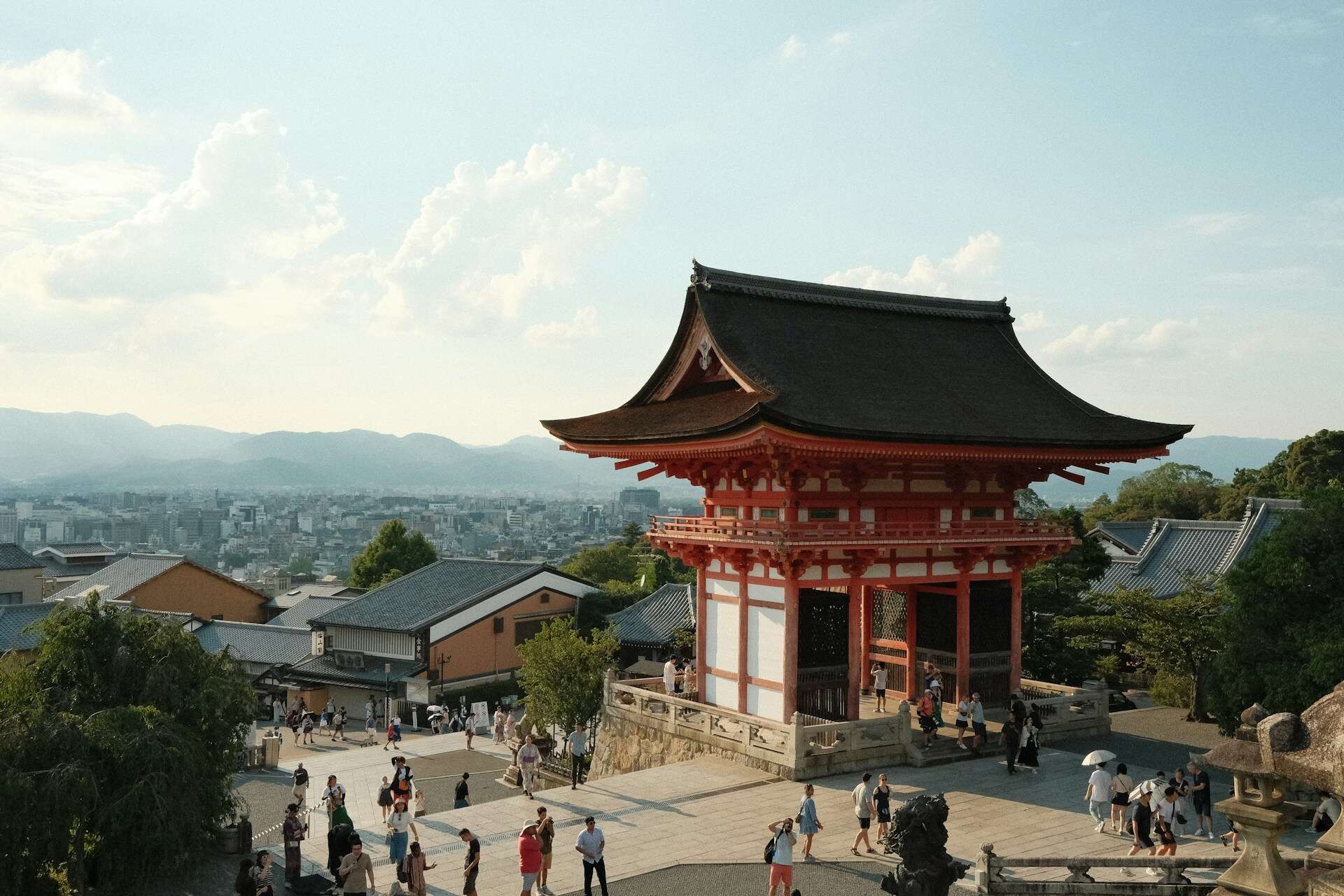
Description: Kiyomizu-dera Temple is an iconic Buddhist temple known for its wooden stage that offers panoramic views of Kyoto city and beyond.
Location: Eastern Kyoto.
Best Time to Visit: Early morning to experience the temple in a tranquil setting.
Legend: The temple’s name translates to “Pure Water Temple,” derived from the Otowa Waterfall where visitors can drink sacred water believed to bring health, longevity, or success in studies.
8. Nishiki Market
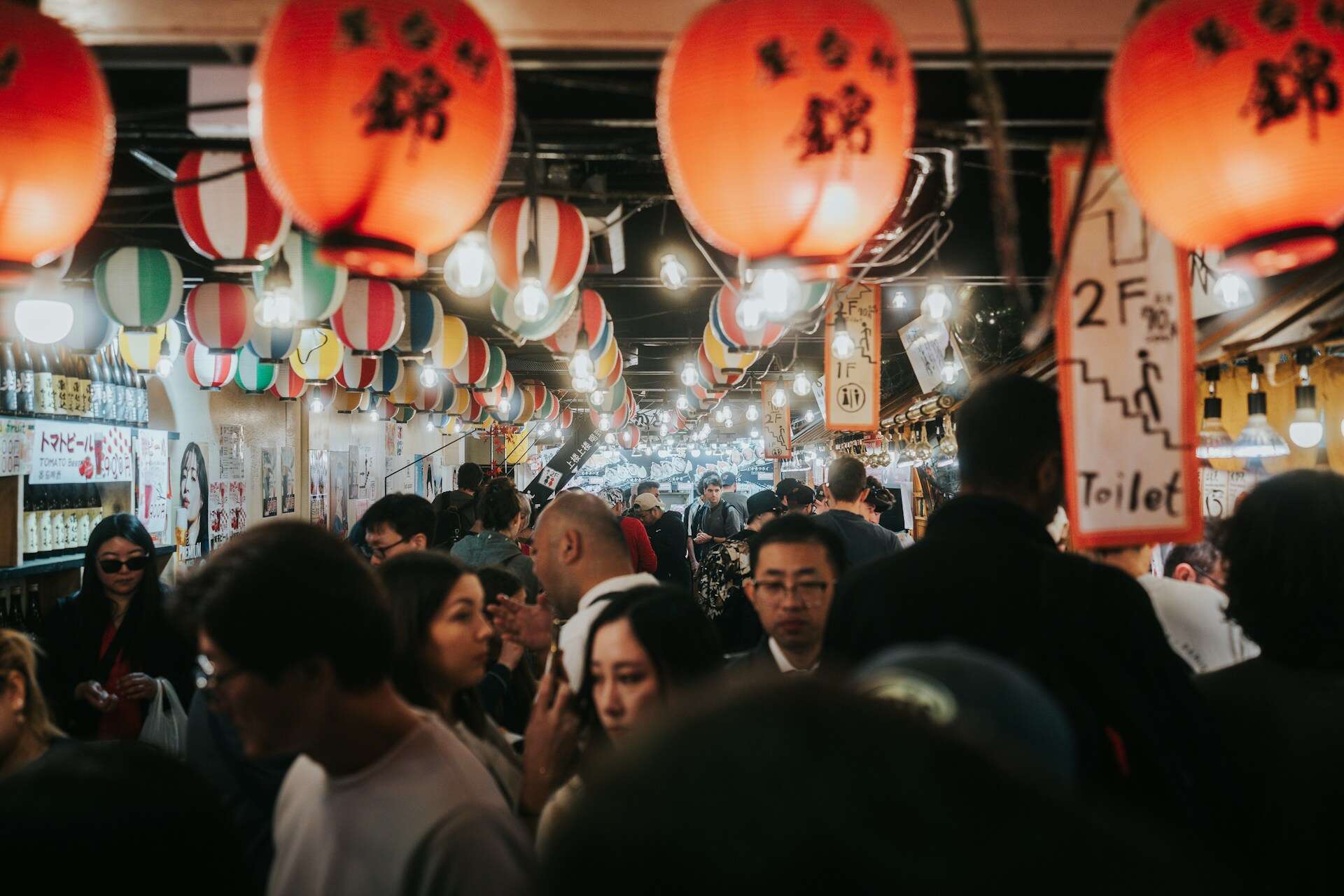
Description: Nishiki Market, known as “Kyoto’s Kitchen,” is a bustling marketplace offering a wide array of local foods, fresh seafood, and traditional Kyoto delicacies.
Location: Central Kyoto.
Must-Try: Sample yuba (tofu skin), Kyoto-style pickles, and fresh sushi. Experience the vibrant atmosphere of a traditional Japanese market.
Shopping Tip: Explore the market’s narrow alleys for unique souvenirs and local crafts.
9. Kyoto Imperial Palace
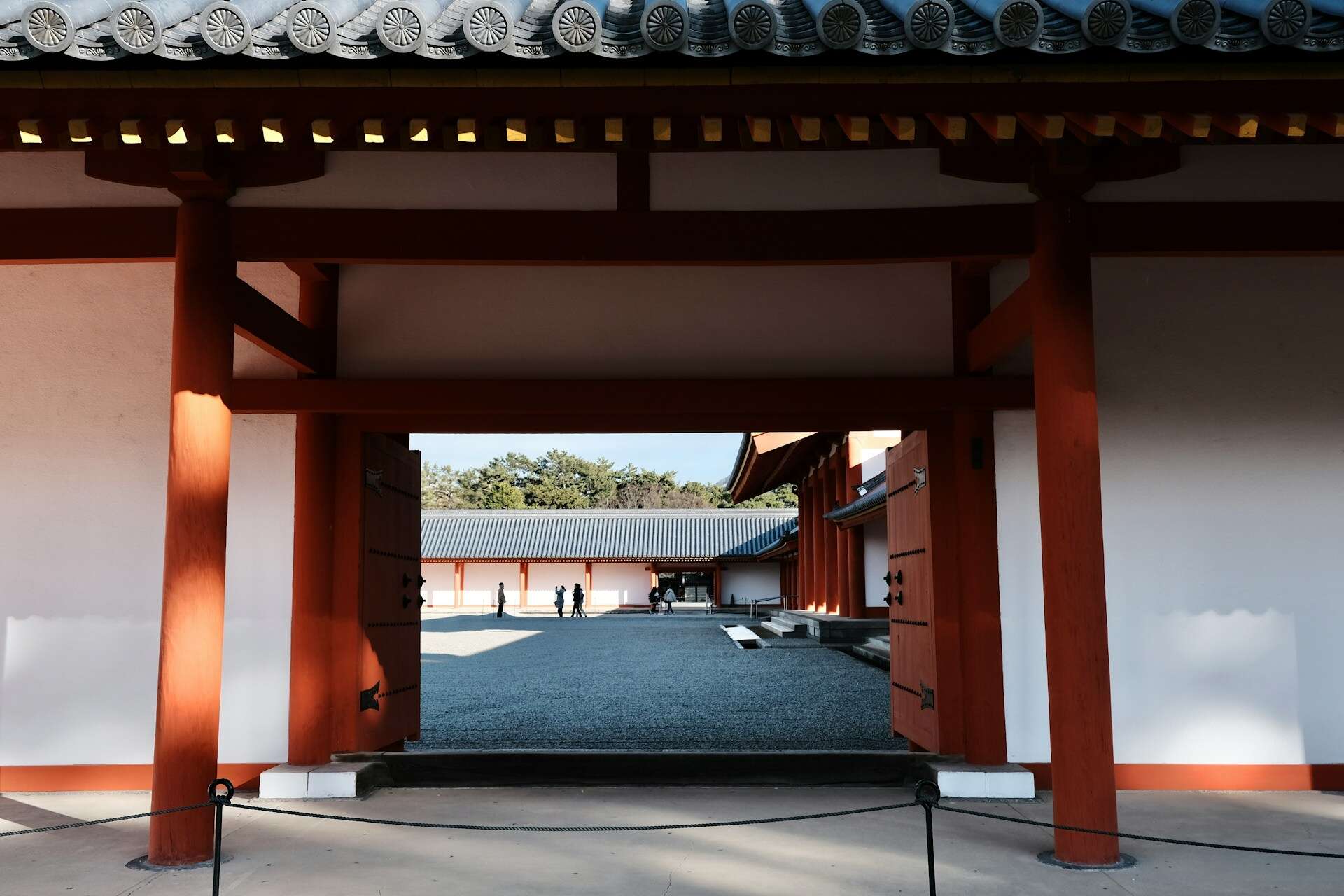
Description: Kyoto Imperial Palace was the residence of Japan’s Imperial family until the capital moved to Tokyo. It features beautiful gardens, ceremonial halls, and historical buildings.
Location: Central Kyoto.
Guided Tours: Join guided tours to explore the palace grounds, including the Shishinden Hall and Oikeniwa Garden.
Visiting Tip: Reserve tours in advance to learn about the palace’s history and its significance in Japanese culture.
10. Yasaka Shrine

Description: Yasaka Shrine, located in the Gion district, is one of Kyoto’s oldest Shinto shrines known for its iconic torii gate and lantern-lit pathways during festivals.
Location: Eastern Kyoto.
Best Time to Visit: Evening during festivals for a magical atmosphere.
Festival Experience: Attend the Gion Matsuri or other traditional festivals featuring parades, ceremonies, and cultural performances.
11. Togetsukyo Bridge
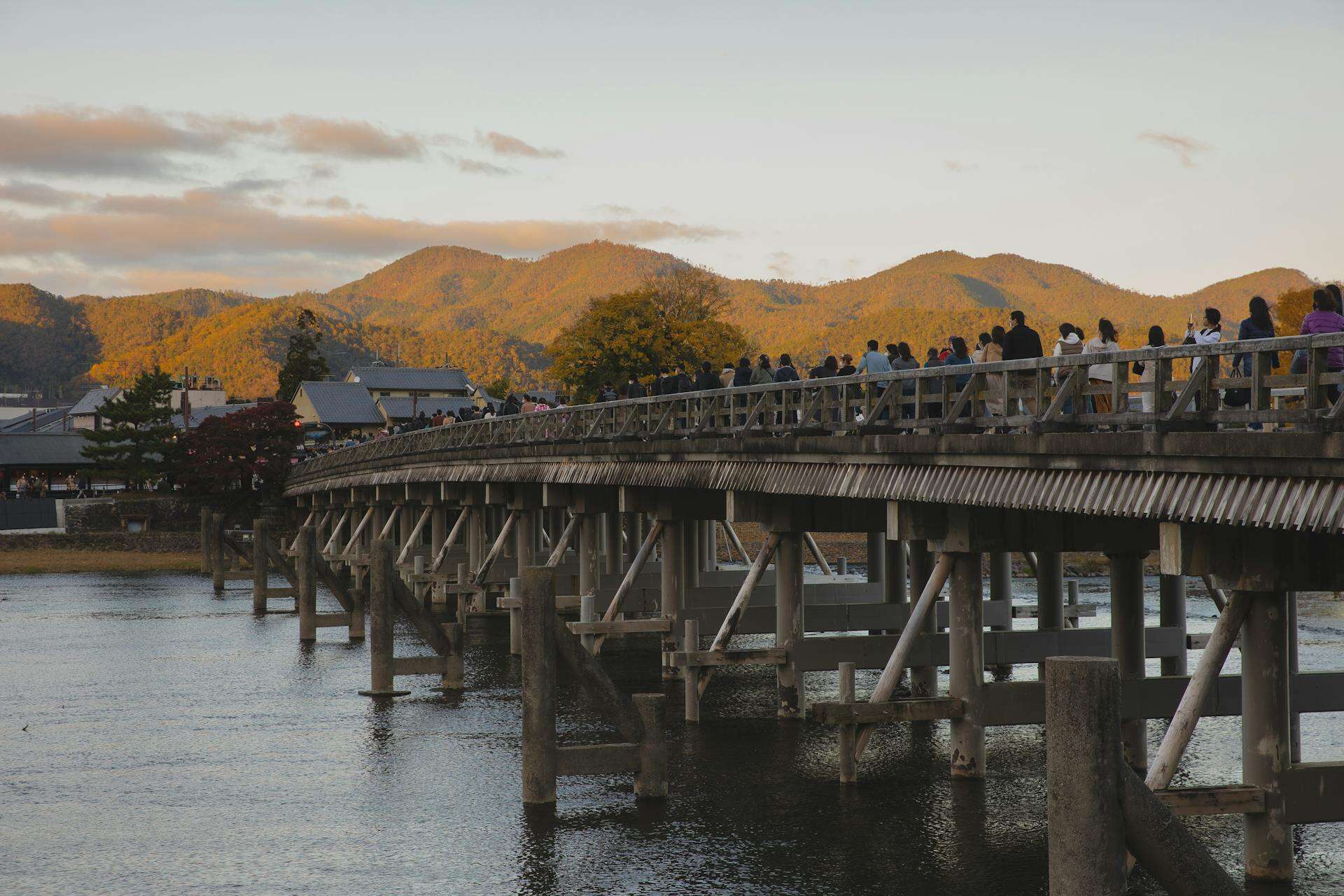
Description: Togetsukyo Bridge spans the Katsura River in Arashiyama, offering picturesque views of the surrounding mountains and cherry blossoms in spring.
Location: Western Kyoto.
Activities: Enjoy a leisurely stroll across the bridge, capturing scenic views of Arashiyama’s natural beauty.
Seasonal Delights: Visit during autumn when the surrounding mountains are ablaze with vibrant foliage, creating a stunning backdrop.
12. Kyoto Tower
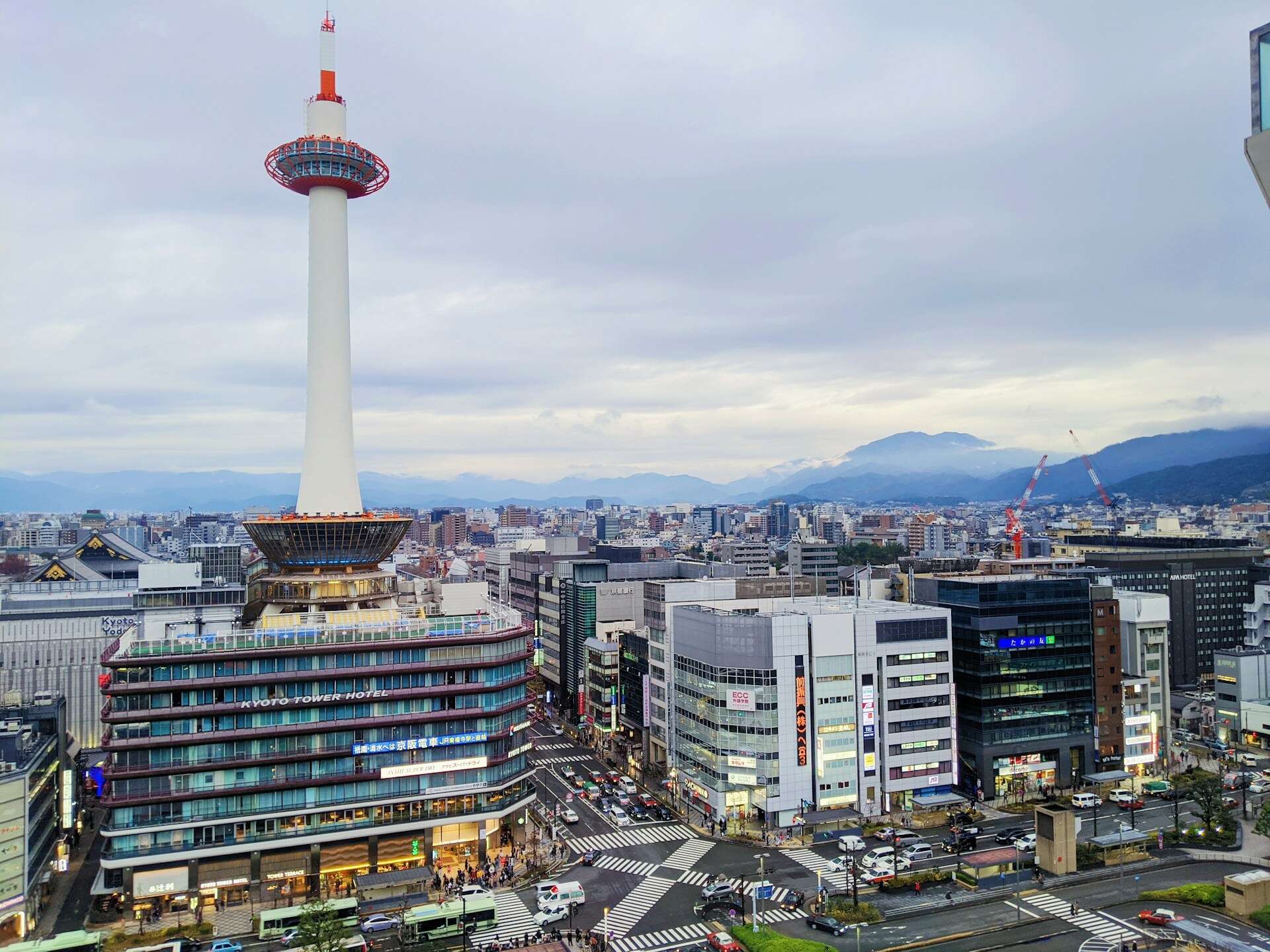
Description: Kyoto Tower is a modern observation tower offering panoramic views of Kyoto city and the surrounding mountains from its observation deck.
Location: Central Kyoto.
Best Time to Visit: Sunset for stunning cityscape views illuminated by the evening lights.
Observation Deck: Accessible via elevator, the tower provides 360-degree views of Kyoto’s skyline and landmarks.
13. Ryoan-ji Temple
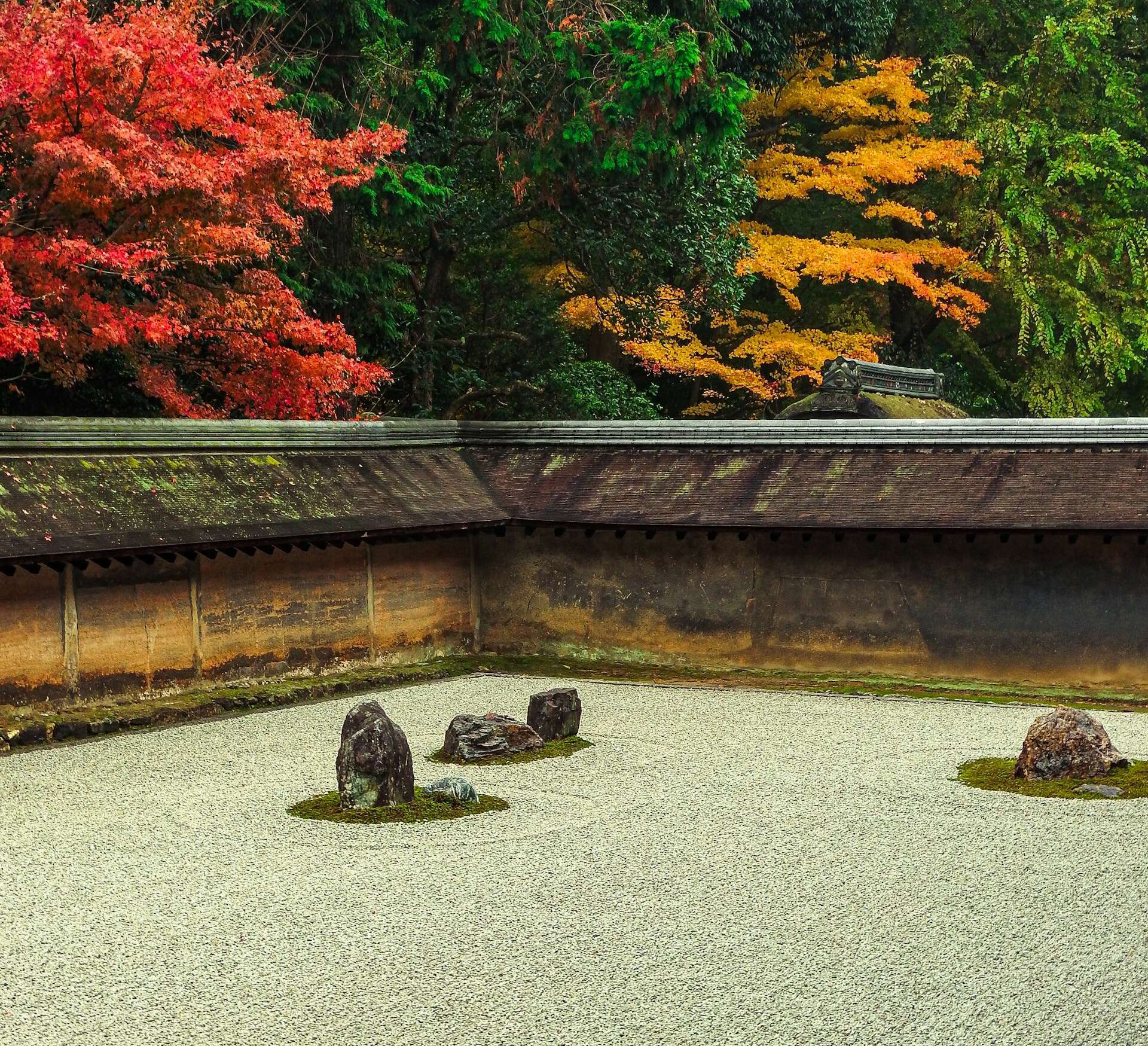
Description: Ryoan-ji Temple is a Zen temple famous for its karesansui (dry landscape) rock garden, considered a masterpiece of minimalist design.
Location: Northwest Kyoto.
Best Time to Visit: Morning to appreciate the garden’s tranquility and contemplate its symbolism.
Garden Features: The rock garden comprises 15 carefully placed rocks amidst raked gravel, inviting visitors to meditate and reflect.
14. Heian Shrine
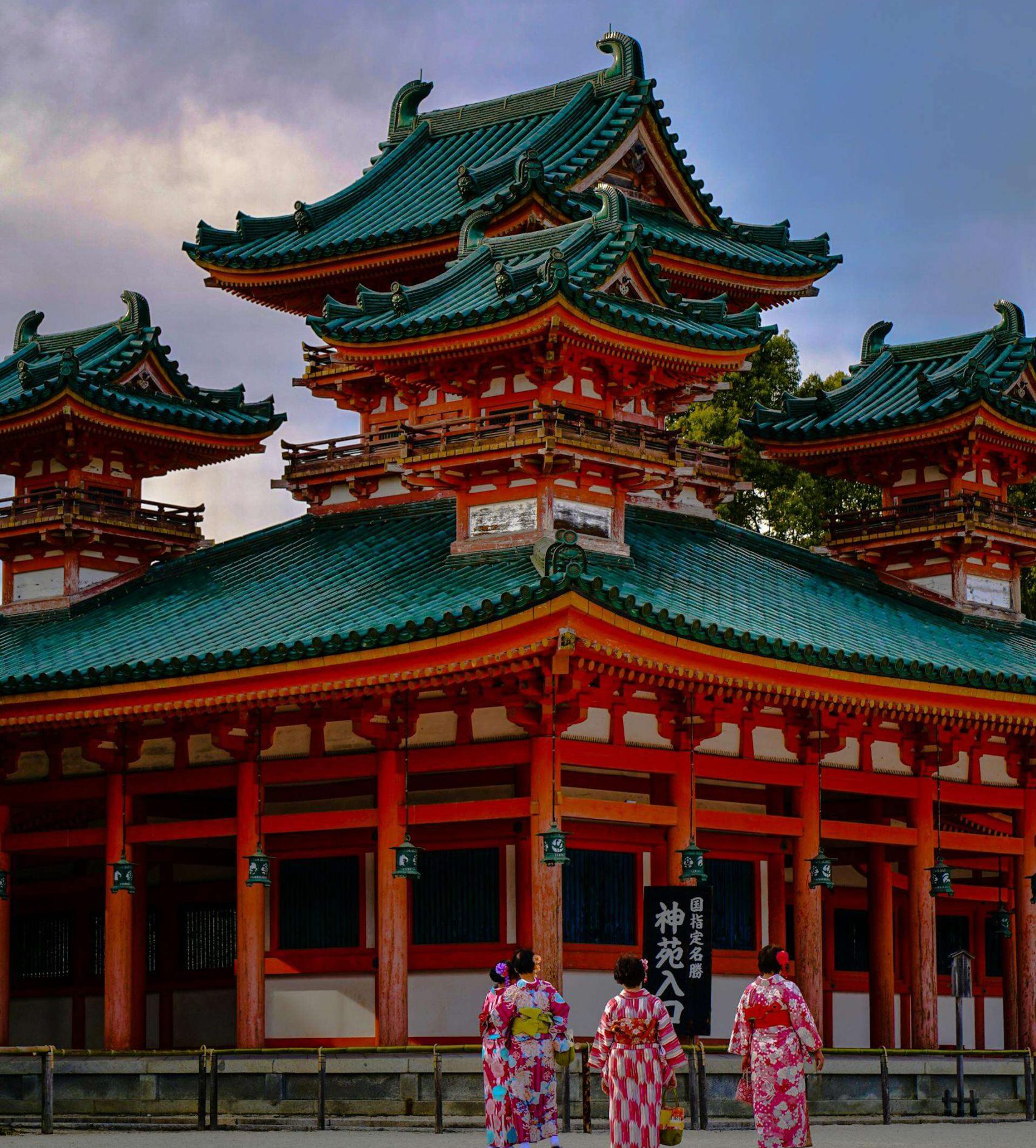
Description: Heian Shrine is a large Shinto shrine known for its majestic torii gate, expansive gardens, and vibrant vermilion buildings.
Location: Eastern Kyoto.
Best Time to Visit: Spring for cherry blossoms and autumn for fiery foliage in the Shin’en Garden.
Shin’en Garden: Explore the garden’s ponds, bridges, and lush greenery, offering a peaceful retreat from the city.
15. Kyoto International Manga Museum
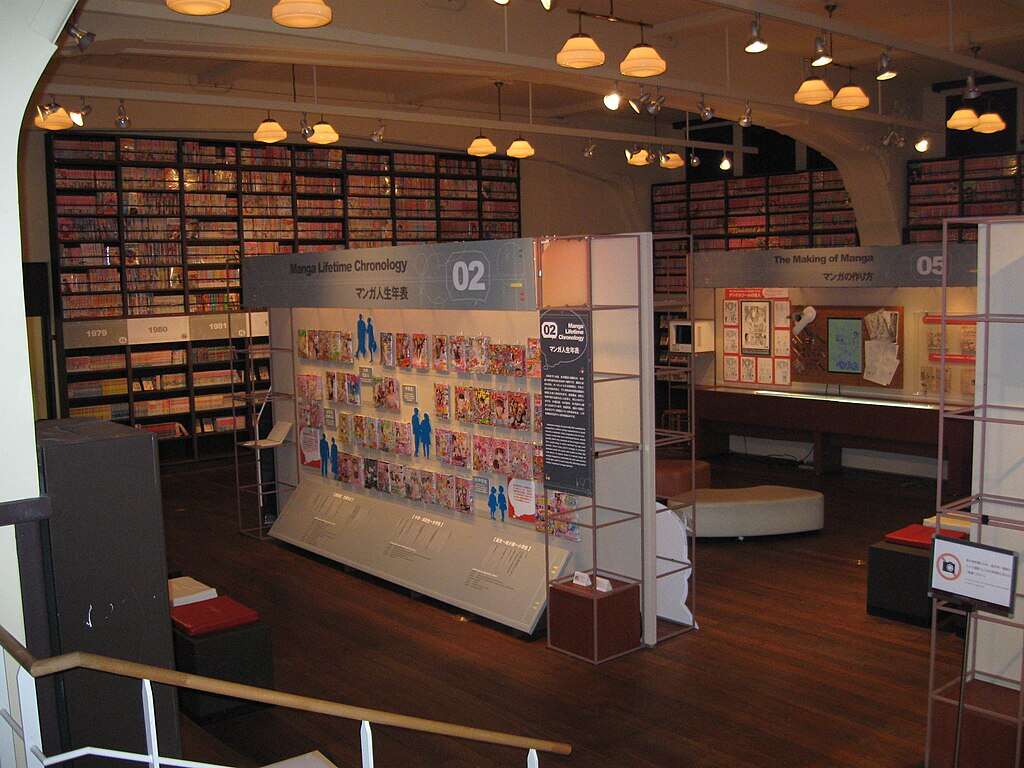
Description: The Kyoto International Manga Museum is a paradise for manga enthusiasts, featuring a vast collection of manga from different eras and genres.
Location: Central Kyoto.
Activities: Browse through shelves of manga, including rare editions and international translations. Attend workshops and exhibitions dedicated to manga culture.
Special Exhibitions: Enjoy rotating exhibitions showcasing the evolution of manga art and its influence on global pop culture.
official site: https://kyotomm.jp/en/
16. Kyoto Railway Museum
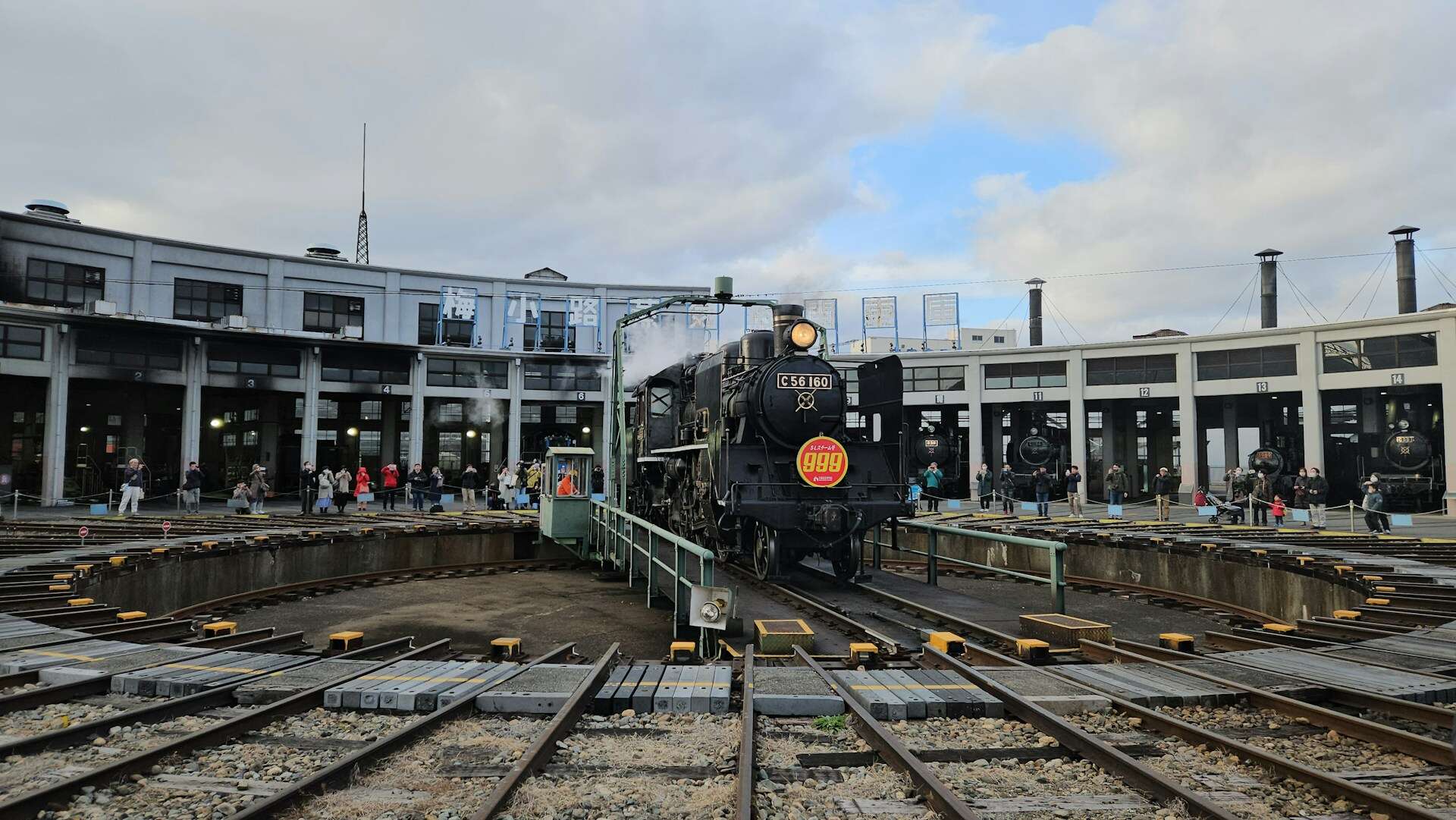
Description: The Kyoto Railway Museum celebrates Japan’s railway history with interactive exhibits, vintage train displays, and hands-on activities.
Location: Western Kyoto.
Highlights: Ride on restored steam locomotives and Shinkansen (bullet trains). Explore indoor and outdoor exhibits featuring historic trains and railway technology.
Activities: Engage in simulator experiences, learn about railway engineering, and enjoy train-themed shopping and dining options.
official site: https://www.kyotorailwaymuseum.jp/en/
17. Kyoto Botanical Garden
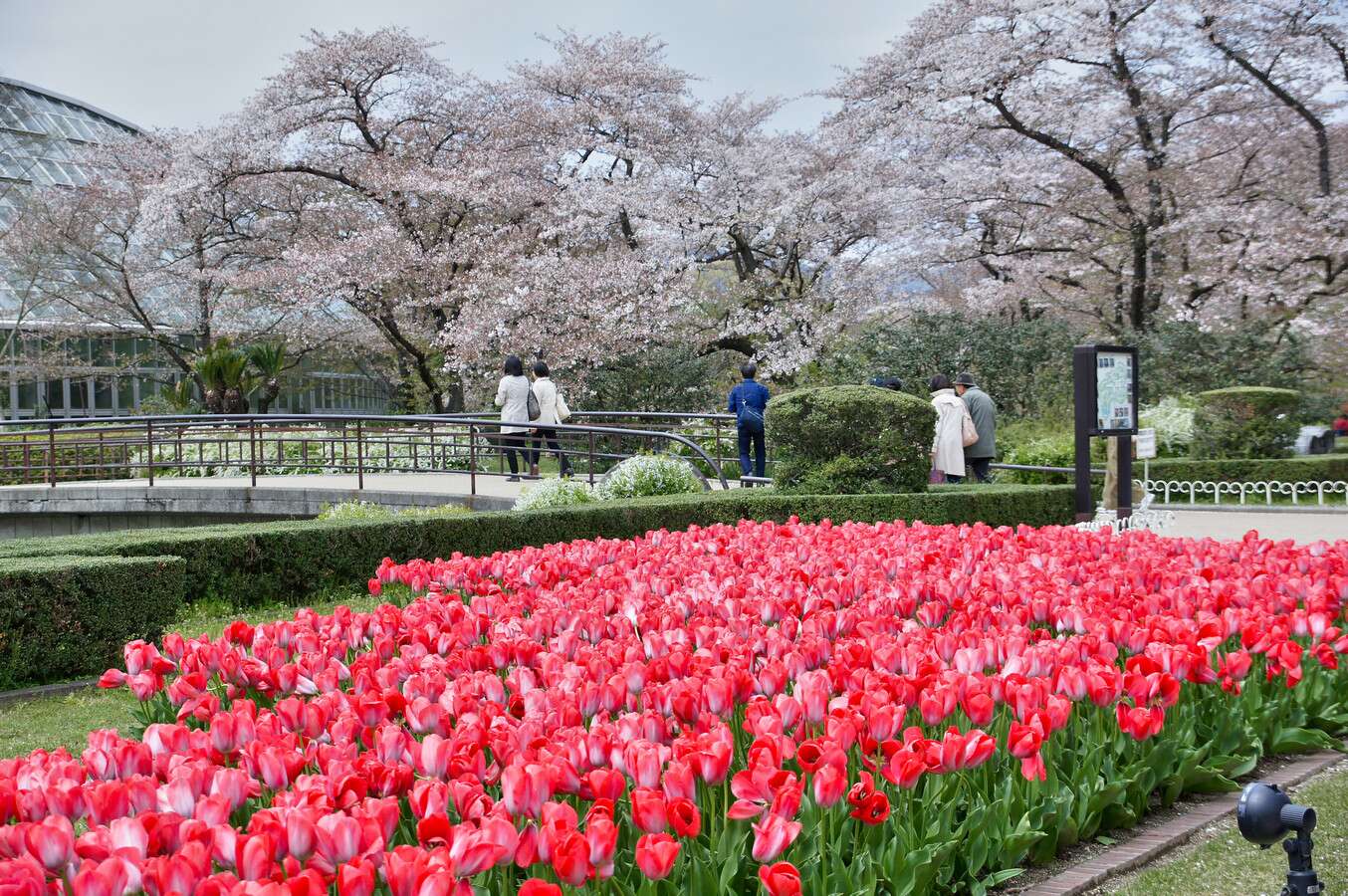
Description: Kyoto Botanical Garden is a peaceful oasis featuring a diverse collection of plants and seasonal flowers spread across expansive grounds.
Location: Northern Kyoto.
Best Time to Visit: Spring for cherry blossoms and blooming flowers, or autumn for foliage.
Plant Collections: Explore themed gardens, including a bamboo grove, rock garden, and medicinal plant garden. Learn about Kyoto’s native flora and conservation efforts.
18. Kyoto Aquarium

Description: Kyoto Aquarium offers an underwater journey through Kyoto’s aquatic ecosystems, from local rivers to the deep sea.
Location: Central Kyoto.
Highlights: Attend dolphin shows, feeding sessions, and interactive exhibits showcasing marine life diversity. Discover Japan’s riverside habitats and their inhabitants.
Conservation Initiatives: Learn about marine conservation efforts and sustainability practices promoted by the aquarium.
official site: https://www.kyoto-aquarium.com/en/
19. Eikan-do Zenrin-ji Temple
Description: Eikan-do Zenrin-ji Temple is a tranquil sanctuary known for its stunning autumn foliage and panoramic views of Kyoto from its hilltop location.
Location: Eastern Kyoto.
Best Time to Visit: Autumn for vibrant maple leaves, creating a breathtaking landscape.
Meditative Atmosphere: Explore the temple complex, including the Amida Hall and serene moss garden, ideal for quiet contemplation amidst natural beauty.
20. Kyoto National Museum
Description: Kyoto National Museum houses an extensive collection of Japanese art and cultural artifacts, showcasing the country’s artistic heritage.
Location: Eastern Kyoto.
Exhibitions: Explore galleries featuring ceramics, textiles, samurai armor, and religious artifacts. Attend special exhibitions highlighting Japan’s artistic traditions and historical developments.
Guided Tours: Join guided tours to gain insights into the museum’s collections and the cultural significance of exhibited objects.
official site: https://www.kyohaku.go.jp/eng/
21. Sanjusangendo (Rengeo-in)
Description: Sanjusangendo, also known as Rengeo-in, is a renowned Buddhist temple famous for its long hall housing 1,001 statues of Kannon, the Goddess of Mercy.
Location: Central Kyoto.
Highlights: The temple’s main hall is the longest wooden structure in Japan, and it features 1,001 life-sized statues of Kannon, meticulously crafted from wood.
Historical Insight: Built in 1164, the temple is a prime example of Heian-period architecture and artistry.
22. To-ji Temple
Description: To-ji Temple, a UNESCO World Heritage Site, is known for its iconic five-story pagoda, the tallest wooden tower in Japan.
Location: Southern Kyoto.
Best Time to Visit: Spring for cherry blossoms and autumn for beautiful foliage.
Historical Significance: Founded in the early Heian period, To-ji Temple played a crucial role in the development of Esoteric Buddhism in Japan.
Market Days: Visit on the 21st of each month for the Kobo-san flea market, where you can find antiques, crafts, and local foods.
Kyoto’s allure lies in its unique blend of ancient traditions and modern attractions, offering a rich tapestry of cultural experiences. Whether you’re exploring serene temples, savoring local cuisine, or admiring seasonal beauty, Kyoto invites you to discover its charm.
This Kyoto travel guide has covered the top sightseeing spots, tourist attractions, and hidden gems. Plan your journey to immerse yourself in Japan’s past and present.
Explore Kyoto’s must-see attractions and make your trip unforgettable with this Kyoto travel guide. Dive into history, enjoy local flavors, and soak in breathtaking landscapes. Kyoto awaits you with open arms and endless wonders.
Continue exploring our Kyoto travel guide for more tips and insights. Your adventure in Japan’s cultural heart is just beginning.
FAQ About Kyoto travel guide
1. What are the must-visit tourist attractions in Kyoto?
Kyoto offers a wealth of cultural and historical attractions. Must-visit places include Kinkaku-ji (Golden Pavilion), Fushimi Inari Taisha, Arashiyama Bamboo Grove, Gion District, Nijo Castle, and Kiyomizu-dera Temple.
2. When is the best time to visit Kyoto?
The best times to visit Kyoto are during the spring (March to May) for cherry blossoms and autumn (September to November) for colorful foliage. These seasons offer mild weather and stunning natural beauty.
3. How many days should I spend in Kyoto?
To fully explore Kyoto’s main attractions and immerse yourself in its culture, plan to spend at least 3 to 5 days. This allows time to visit temples, gardens, and experience local cuisine.
4. What is the transportation like in Kyoto?
Kyoto has an efficient public transportation system, including buses and subways, making it easy to navigate the city. Renting bicycles is also popular for exploring neighborhoods and attractions.
5. What are some traditional foods to try in Kyoto?
Kyoto is known for its refined cuisine, including kaiseki (traditional multi-course meal), matcha (green tea) sweets, yudofu (tofu hot pot), and Kyoto-style sushi. Don’t miss trying yuba (tofu skin) and pickled vegetables.
6. Is Kyoto tourist-friendly for English speakers?
Yes, many tourist attractions, hotels, and restaurants in Kyoto have English signage and English-speaking staff. It’s helpful to learn basic Japanese phrases for interactions with locals.
7. Are there any cultural festivals or events in Kyoto?
Kyoto hosts several festivals throughout the year, including the Gion Matsuri in July, one of Japan’s largest and most famous festivals. Other notable events include cherry blossom festivals and traditional tea ceremonies.
8. Can I visit geisha districts in Kyoto?
Yes, Kyoto’s Gion and Pontocho districts are famous for their traditional tea houses and geisha (known locally as geiko and maiko). Visitors can sometimes catch a glimpse of geisha in their elegant attire in these historic areas.
9. What are some day trips from Kyoto?
Popular day trips from Kyoto include Nara, known for its ancient temples and friendly deer, and Osaka, famous for its vibrant street food culture and modern attractions like Universal Studios Japan.
10. Is it necessary to book accommodations in advance?
During peak seasons such as cherry blossom and autumn foliage periods, it’s advisable to book accommodations in Kyoto in advance. This ensures availability and allows you to choose from a wide range of options.


